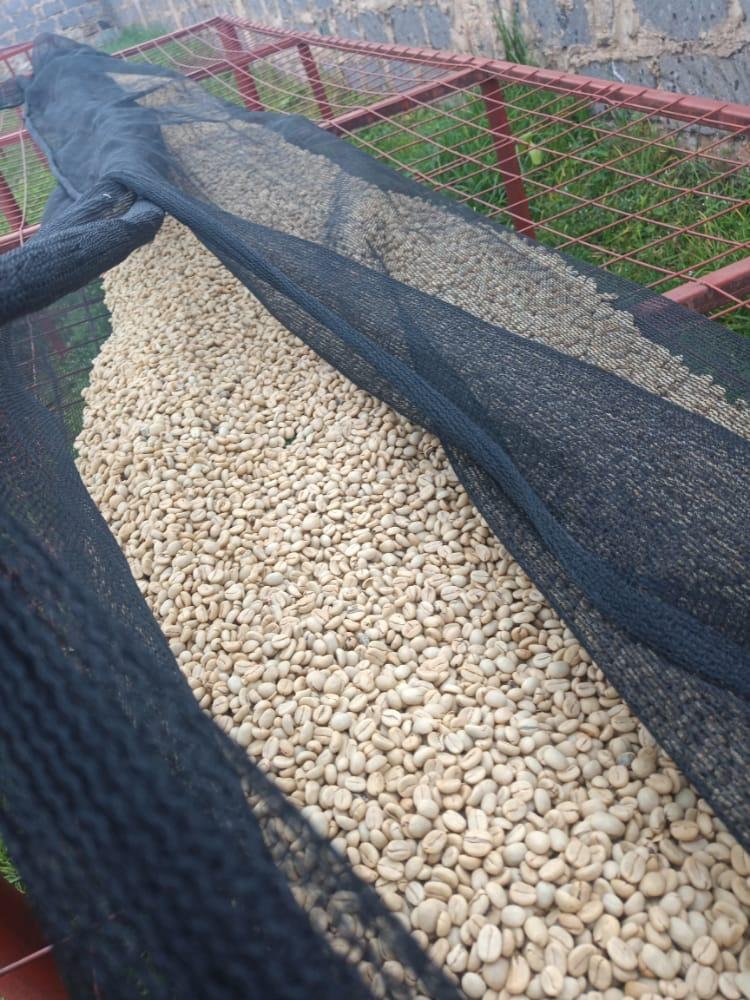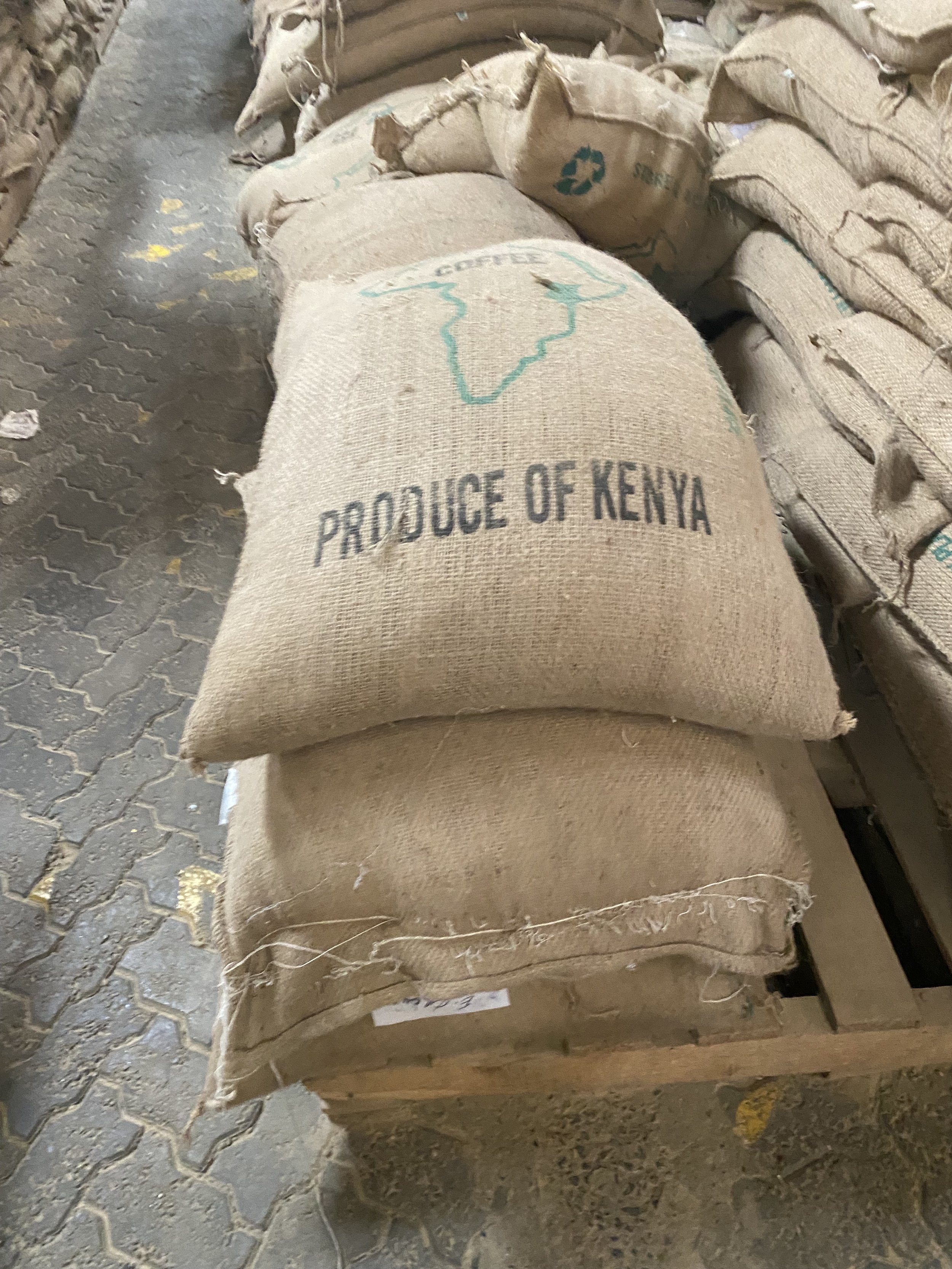The Lifecycle of Bahati Specialty Coffee
Bahati Specialty Coffee goes through a fascinating life cycle from the time it is planted until it reaches your cup. Each step is a labor of love, and an expression of culture, expertly nurtured by our growing number of Bahati Coffee Co-Op farmers. Their knowledge and expertise, handed down generation by generation, are paired with ongoing research and training provided by the Coffee Research Institute.
Here is the lifecycle of Bahati Specialty Coffee
Planting: The life cycle of coffee begins with planting coffee seeds, also known as coffee beans. Bahati is a city in Nakuru County, Kenya, one of the planet’s most optimal growth zones for coffee. Bahati boasts the most suitable climate year around, a perfect altitude, and well-draining, volcanic soil. The seeds are sown in nurseries where they are nurtured until they develop into seedlings, which are then transplanted to the field.
Growing: Once transplanted, coffee plants require careful care and attention. They need adequate sunlight, water, and nutrients to thrive. Farmers in Kenya use sustainable practices such as intercropping, where coffee is grown alongside other shade trees or crops to create a diverse and balanced ecosystem. This helps to improve soil fertility, prevent erosion, and provide a habitat for beneficial insects that control pests.
Flowering: Coffee plants typically start flowering after a few years of growth. The flowers are small and white, and they have a sweet fragrance that attracts pollinators such as bees and butterflies. In Kenya, coffee plants usually flower during the rainy season, which provides the necessary moisture for pollination.
Fruit Development: After pollination, the flowers develop into coffee cherries, which are the fruit of the coffee plant. Depending on the coffee variety, the cherries are initially green and then turn to yellow, red, or purple as they mature. It takes several months for the cherries to ripen fully. During this time our farmers carefully monitor and manage the coffee trees, ensuring they receive the right amount of water, nutrients, and protection from pests and diseases.
Harvesting: Once the coffee cherries are fully ripe, they are harvested by hand. Our farmers hand-select only the ripest cherries, leaving the unripe ones to mature further. This labor-intensive process ensures only the best quality cherries are harvested.
Processing: After harvesting, the coffee cherries are processed to remove the outer pulp and parchment layer to reveal the coffee beans inside. There are two main methods of processing coffee: the wet method and the dry method. At Bahati, we use the “wet method” where the cherries are pulped to remove the pulp, fermented to remove the mucilage, washed to clean the beans, and then dried either under the sun or using mechanical dryers.
Milling: Once the coffee beans are dried to the appropriate moisture content, they are hulled to remove the parchment layer, revealing the green coffee beans. The beans are then sorted and graded based on size, shape, and quality. In Kenya, the grading system is very stringent, and Bahati Coffee receives top grades known as AA, which represents the largest and highest quality beans.
Exporting: After milling, the green coffee beans are packed in jute bags and are ready for export. Kenyan coffee is highly regarded in the international market for its distinctive flavors, high acidity, and bright floral notes. The beans are usually shipped to Southern California, where they are roasted to bring out their unique flavors and aromas.
Roasting: Roasting is a crucial step in the coffee life cycle as it transforms the green coffee beans into the aromatic and flavorful brown coffee beans we are familiar with. The roasting process involves applying heat to the green coffee beans, causing them to undergo various chemical reactions that develop their flavors and aromas. The roasting time and temperature are carefully controlled by experienced roasters to achieve the desired roast level, which can range from light to dark, depending on the flavor profile desired. Our medium roast is pulled after the “first crack” producing a more floral coffee experience. Our dark roast is given a bit more time to mature, revealing more of the oils in the bean, producing dark chocolate notes.
Packaging: Once the coffee beans are roasted, they are cooled and then packaged to preserve their freshness and flavors. Bahati Coffee is packaged in airtight bags with one-way valves that allow the release of carbon dioxide gas, which is naturally produced by the beans after roasting while preventing oxygen from entering and oxidizing the beans.
Brewing: This is where you step in. Our coffee is perfect for various methods of brewing coffee, including drip brewing, espresso, French press, and more. Each brewing method extracts different flavors and aromas from the roasted coffee beans, resulting in a unique cup of coffee.
The life cycle of coffee from planting to roasting is a complex and intricate process that requires careful cultivation, harvesting, processing, milling, and roasting to produce the high-quality coffee beans that we love to drink. Coffee farmers in Kenya and other coffee-growing regions around the world employ their knowledge of horticulture and specialized coffee-growing practices to cultivate and care for coffee trees, ensuring that the coffee cherries are harvested at the right time, processed meticulously, and roasted to perfection. The result is a flavorful and aromatic beverage that brings joy to millions of coffee lovers worldwide.
Nick Mwangi, owner of Bahati Specialty Coffee planting the first coffee plant.
Plants just sprouting in the nursery.
Bahati Co-Op farmer with young coffee plant.
Fruiting coffee cherries.
“Green” coffee beans after washing.
Exporting and ready to roast.
Roasted, bagged, and ready for you!







